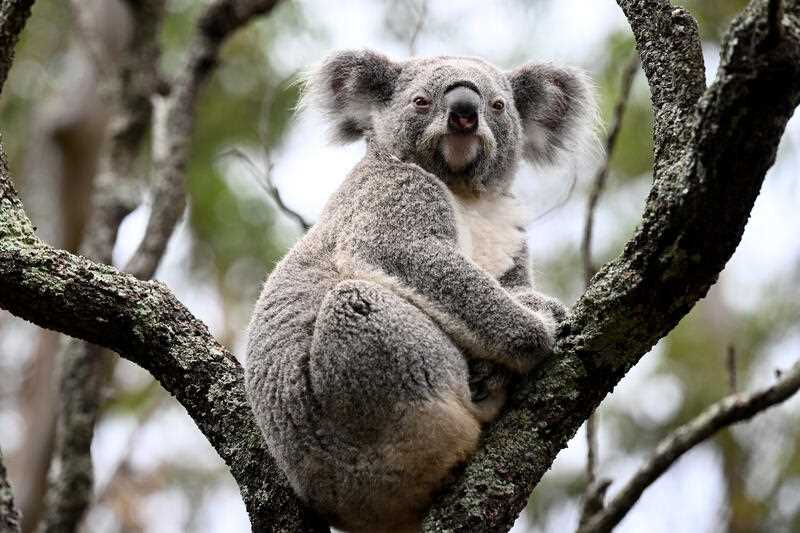Native animals and plants at risk of extinction will be protected by two new agencies in a bid to get the nation’s ailing environment out of intensive care.
The budget includes $121 million over four years to establish the first national environmental watchdog, finally matching what the states have had for years.
Environment Protection Australia will enforce a new suite of laws to protect nature after the scathing Samuel review found the existing ones are failing dismally, with many ecosystems showing signs of potential collapse and 1800 species in peril.
In a seismic shift, the independent authority rather than the minister will also be responsible for blocking or approving developments, setting conditions and ensuring they’re met.
The budget also includes $51.5 million over four years for a second agency, with Environment Information Australia to guide the nature repair task that lies ahead.
There’s $34 million over two years for reforms including the overhaul of national nature laws and the development of explicit standards.
And almost $8 million has been set aside to establish a promised biodiversity trading scheme that will see the private sector pay landowners to protect and restore nature.
It will operate much like the carbon credits scheme and it’s the government’s answer to a yawning cash problem, with scientists estimating it will take about $2 billion every year to halt biodiversity loss in Australia.
Environment Minister Tanya Plibersek has set herself a highly ambitious agenda in the year Labor has been in power, including preventing any more extinctions.
That’s a tall order with 1800 plants and animals on the nation’s threatened species list. But the budget gives some indication of how she plans to do that.
Under the government’s five-year, $1.1 billion Natural Heritage Trust, $341 million has been allocated to protect nature, threatened species and habitats.
There’s also $50 million to conserve and restore globally important wetlands and catchments, and $48 million for the ongoing management of World Heritage sites.
The spending adds to earlier budget commitments including $262 million to upgrade infrastructure and boost conservation work in national parks, $163 million over four years for the Australian Institute of Marine Science, and $45 million to repair iconic Sydney Harbour landmarks.
“The budget will help us protect more of what’s precious, repair more of what’s damaged, and manage nature better for the future,” Ms Plibersek said.
“The government has begun to turn the tide of nature destruction.”
By Tracey Ferrier in Canberra



